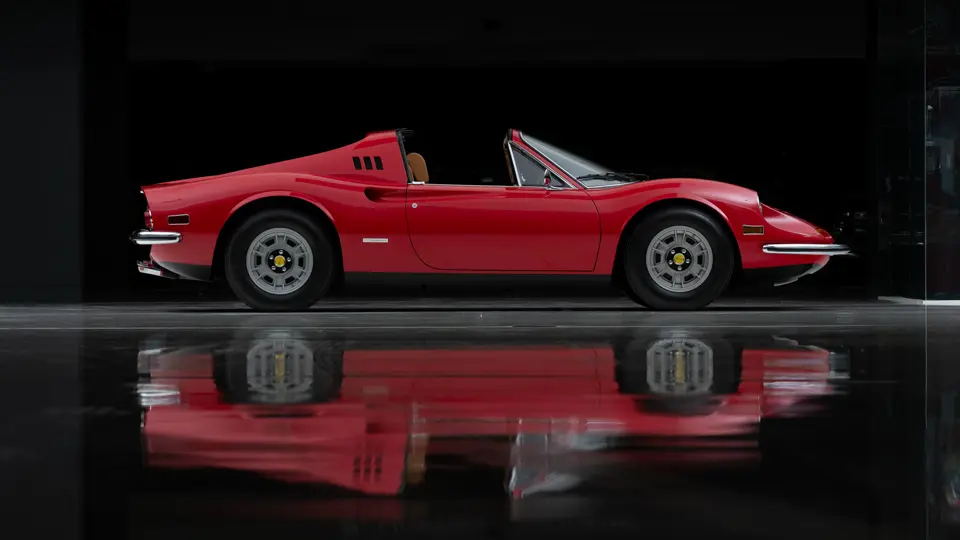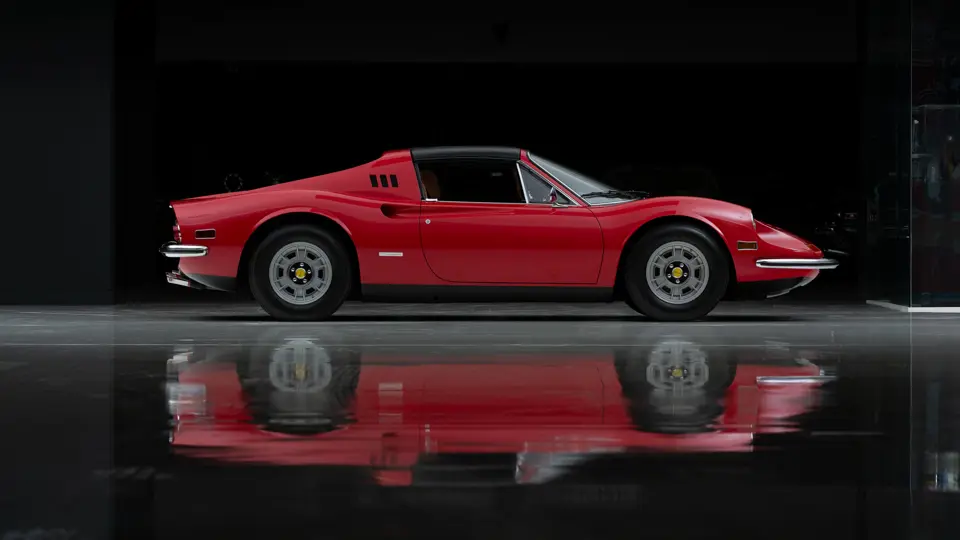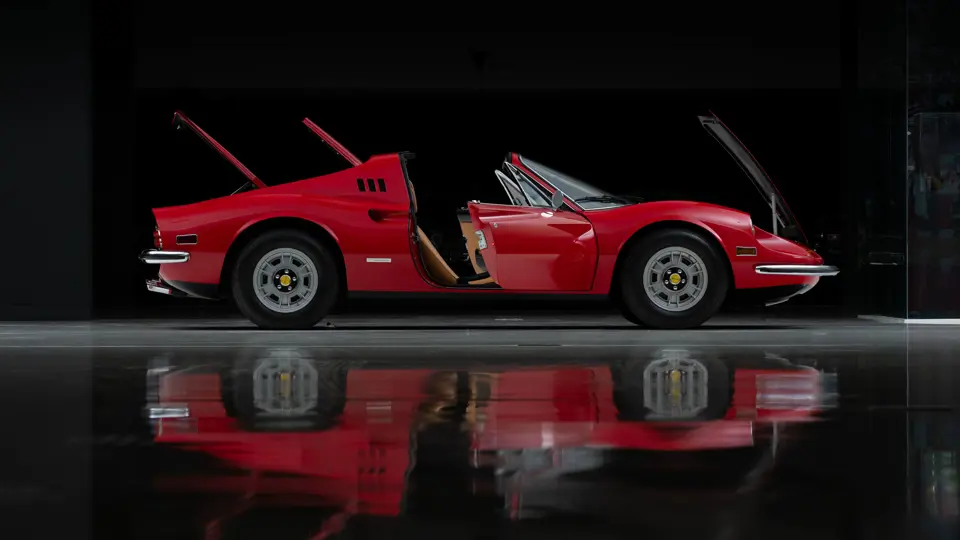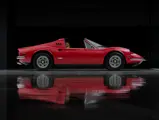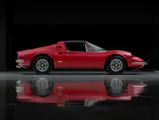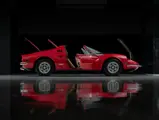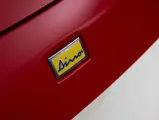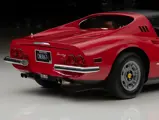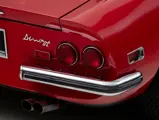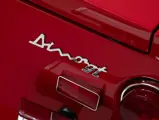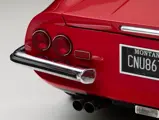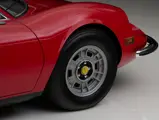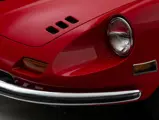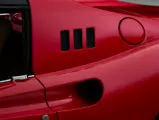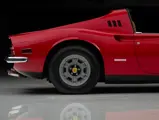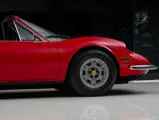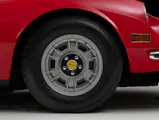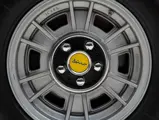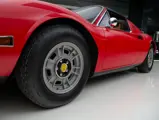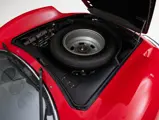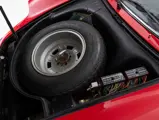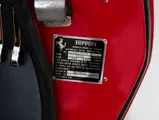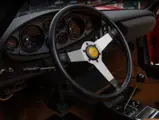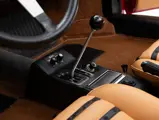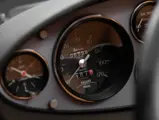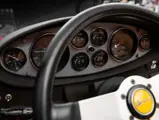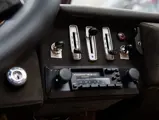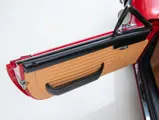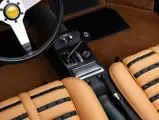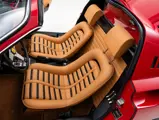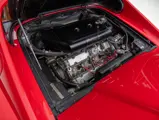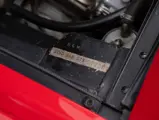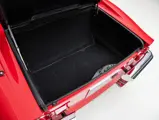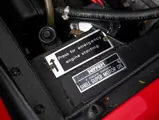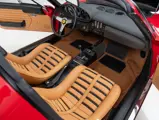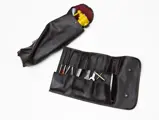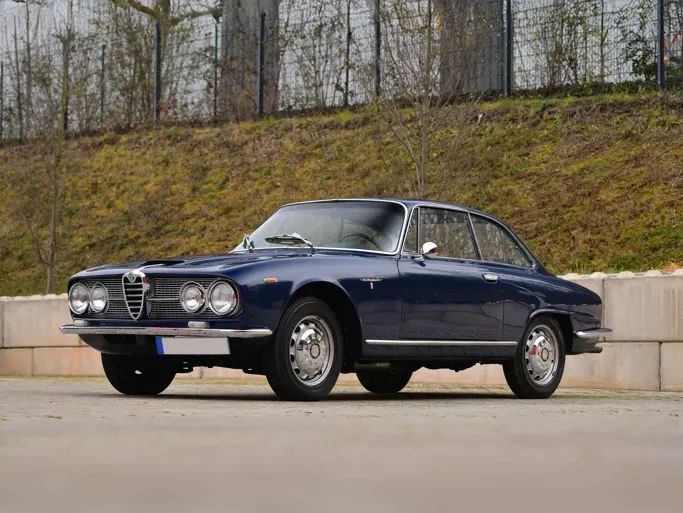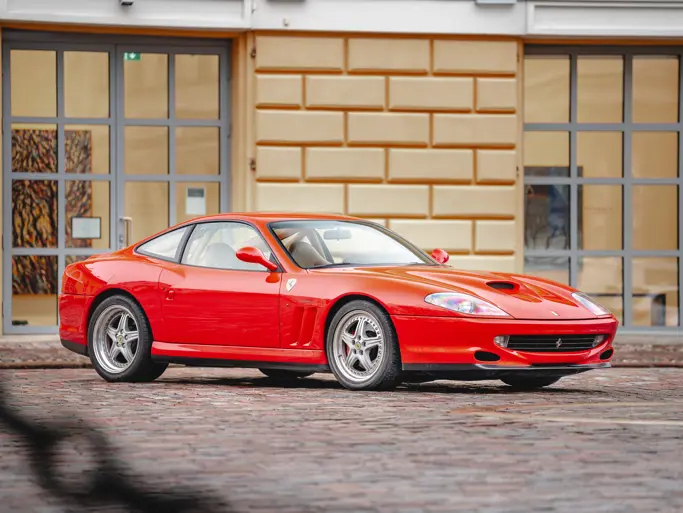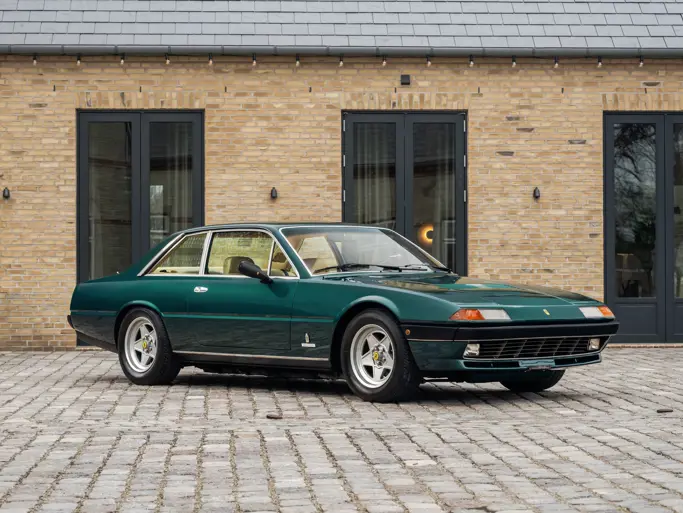
1974 Ferrari Dino 246 GTS by Scaglietti
{{lr.item.text}}
$775,000 USD | Sold
{{bidding.lot.reserveStatusFormatted}}
- Certified by Ferrari Classiche in 2019 with a Red Book authenticating the continued presence of the matching-numbers chassis, engine, gearbox, and coachwork
- Benefits from a prior long-term ownership of 35 years
- Beautifully presented and minimally driven example displaying 6,597 miles at the time of cataloguing
As with all the great roadgoing automobiles built across Ferrari’s illustrious history, the Dino can trace its origins directly to the crucible of motorsport. As legend has it, Dino Ferrari, beloved son of Enzo, proposed a 1.5-liter V-6 for the Scuderia Ferrari’s grand prix cars. Ultimately realized a few years after Dino’s death by ex-Alfa Romeo engineer Vittorio Jano, the Dino V-6 engine was soon employed in a series of successful prototype-class sports-racing cars through the early 1960s.
The Dino S and SP models featured mid-rear placement of the Dino V-6 engine and were initially clothed in groundbreaking spider coachwork by Medardo Fantuzzi, which was later developed into a more definitive coupe form by Piero Drogo. This basic design soon carried over into a short series of concept/show cars that shared the rear-engine location and basic proportions of the racing cars.
During 1966 Ferrari entered a manufacturing agreement with Fiat that facilitated the next development of the Dino V-6, with Fiat assuming the build of a new Ferrari-designed engine. Turin’s production of the resulting Fiat Dino model satisfied the homologation minimum of 500 examples required by the FIA for Formula 2 competition, enabling Ferrari to run the engine in its F2 grand prix cars. It also paved the way for Maranello to market a new series of road cars with the Dino engine.
Reportedly not wanting to dilute his V-12 models, Ferrari re-branded the new roadgoing Dino 206 GT without Cavallino Rampante badging or standard corporate script. The model went into production in early 1968, with Scaglietti providing coachwork. A year later the engine was updated with a larger displacement of 2.4 liters, and an open-top spider version was added to the lineup in 1972.
Although the Dino GT was initially positioned as a junior-level Ferrari, the model has earned a unique cachet of its own, with a legion of devoted adherents. The Dino is undeniably important as the progenitor of Ferrari’s long evolution of smaller-displacement mid/rear-engine models, immediately succeeded by the 308 GTB of the 1970s, and continuing through today’s F8 Tributo.
Dinos are widely acknowledged to be rewarding driver’s cars, with the race-developed engine providing ample power and the chassis showcasing athletic cornering ability. As marque author and former Chinetti Motors manager Mike Covello wrote in his Ferrari catalogue, “One would be hard pressed to point to another street Ferrari possessing such a curvaceous shape…what it lacks in opulence it more than makes up for with the properly placed tools a good driver needs…Having most of the vehicle’s weight over the rear wheels helps to make the steering feel both direct and highly communicative…the Dino 246 delights in hard cornering…it’s the mid-engine placement and the attention to suspension design that make the Dino such a pleasure to drive.”
CHASSIS NUMBER 07730
According to a deep file of documentation that includes a filled-out warranty booklet, service invoices dating to 1985, a history report by marque expert Marcel Massini, and a Ferrari Classiche Red Book, this minimally driven Dino completed assembly in January 1974. It was specified for the US market with instruments in miles, equipped with power windows, air conditioning, and Cromodora wheels. It was finished in Rosso Chiaro paint over a Beige leather interior with Daytona seats featuring black inserts.
Distributed through Chinetti-Garthwaite, chassis number 07730 was allocated to Knauz Continental Autos of Lake Forest, Illinois, and sold new to the company Brunner & Lay of Asheville, North Carolina. Over the next 10 years the Ferrari passed through two additional owners before being acquired in 1984 by the well-known collector Bill Jacobs of Joliet, Illinois, at which point the car reportedly had accrued fewer than 700 miles.
Mr. Jacobs quickly sold the 246 GTS to Michael Leventhal of Chicago, who went on to retain possession for a remarkable period of 35 years. As demonstrated by numerous invoices on file, Mr. Leventhal stored the Dino for about 10 years before recommissioning it for driving use, thereafter regularly servicing the car while driving it sparingly. A gradual accrual of recorded mileage suggests that the 6,597 miles showing on the odometer at the time of cataloguing are original. In October 2019 the 246 GTS was issued a Red Book from Ferrari Classiche that authenticates the continued presence of the matching-numbers chassis, engine, transaxle, and coachwork.
After being sold to the Dare to Dream Collection in January 2020, the Dino was treated to a bare-metal refinish in the original color of Rosso Chiaro, and the Daytona-style seats were rebuilt with new padding and leather upholstery. The spider also benefits from a bout of attention from GTO Engineering Los Angeles in 2022, including a rebuild of the alternator and regulator.
This minimally driven 246 GTS would make a perfect acquisition for collectors searching for low-mile examples of important Ferrari models. Striking in its original color combination, and certified as a matching-number engine, gearbox, and chassis example by Ferrari Classiche, chassis number 07730 is a stellar example of the model that immortalized the contributions of Dino Ferrari—a young man whose passion and brilliant insight led to the creation of an automotive legend.




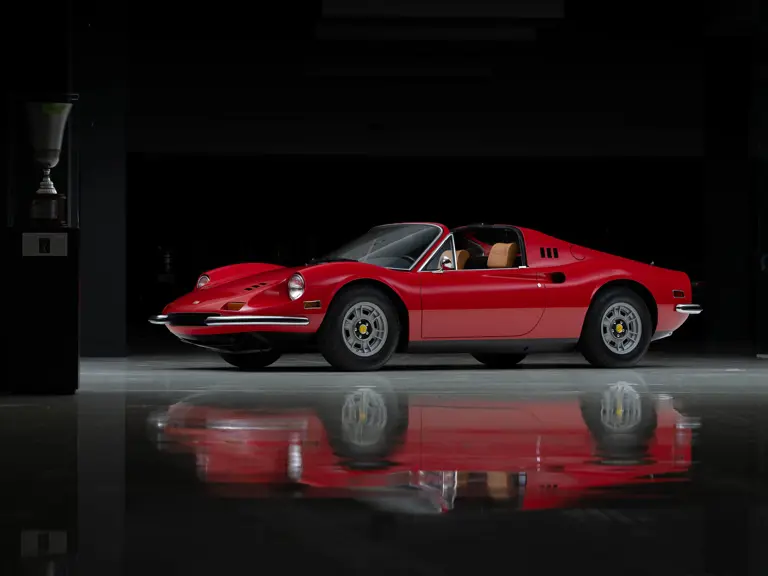

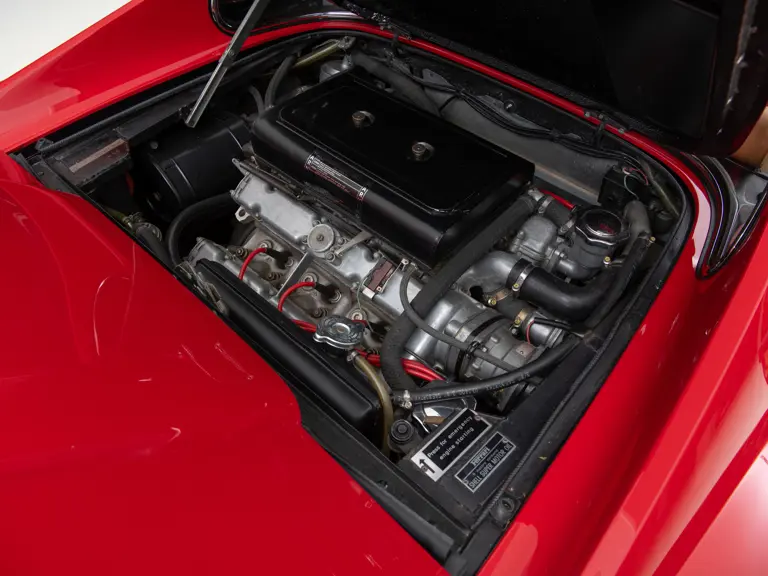

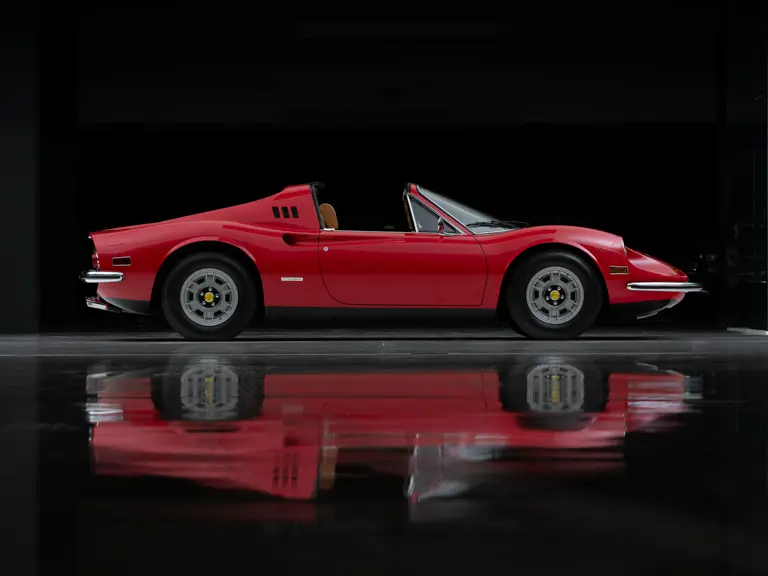
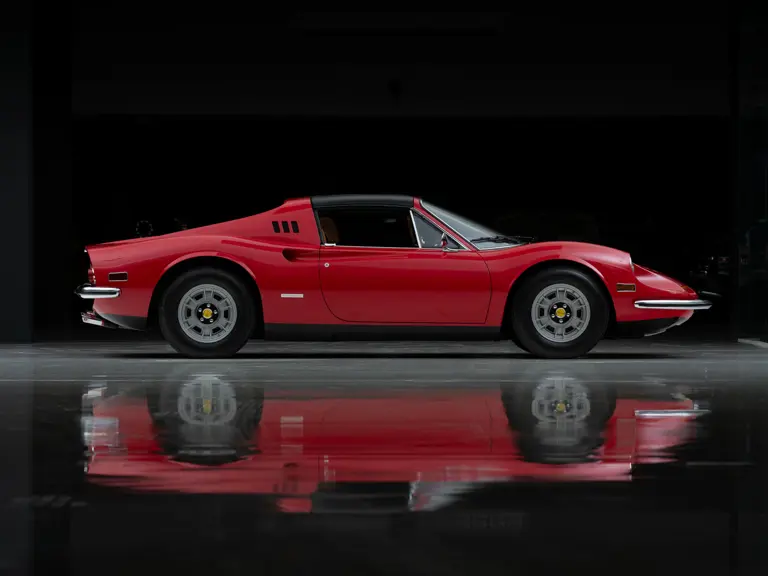

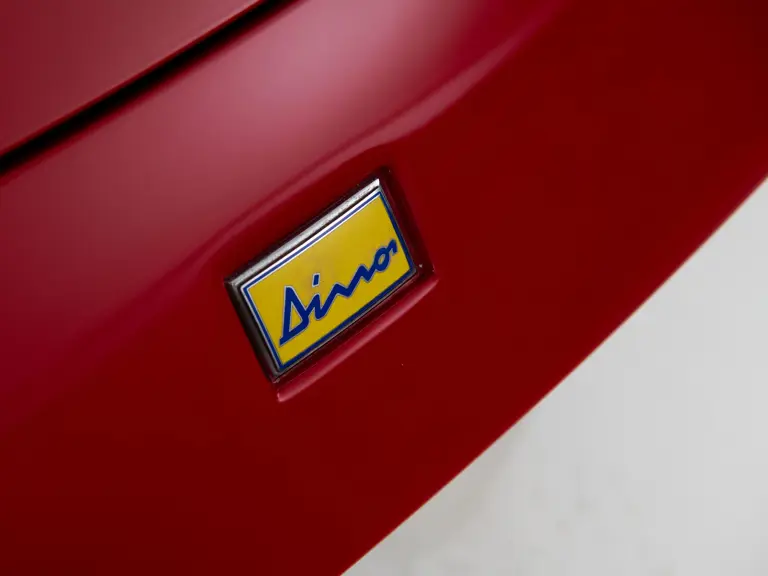
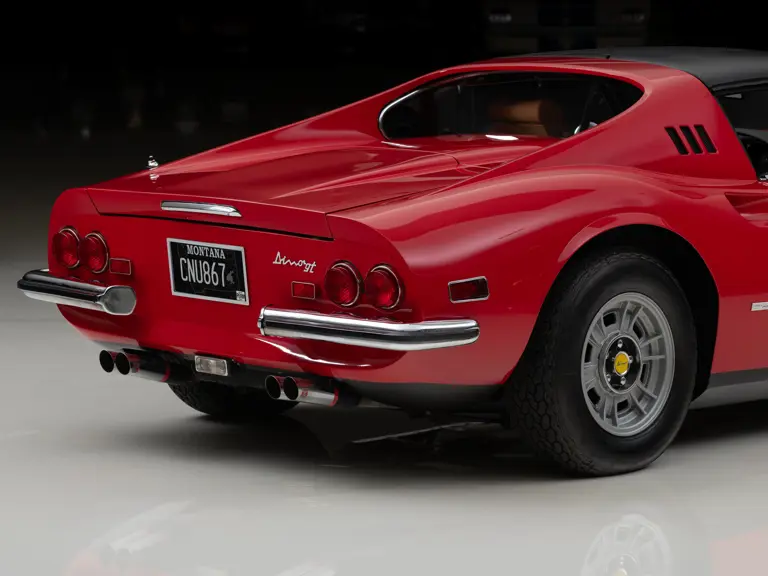
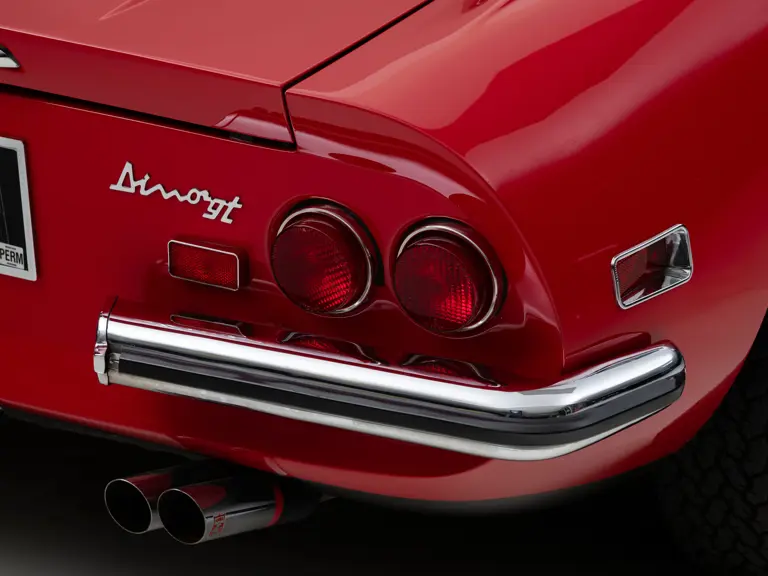
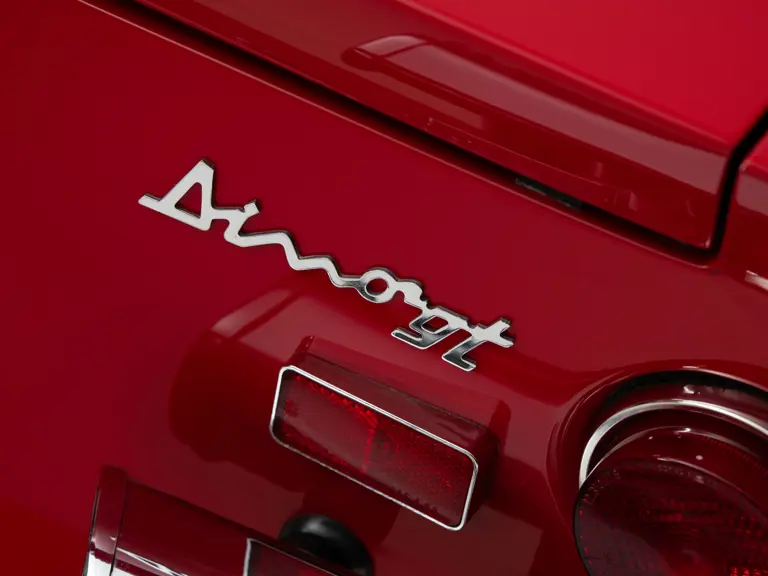

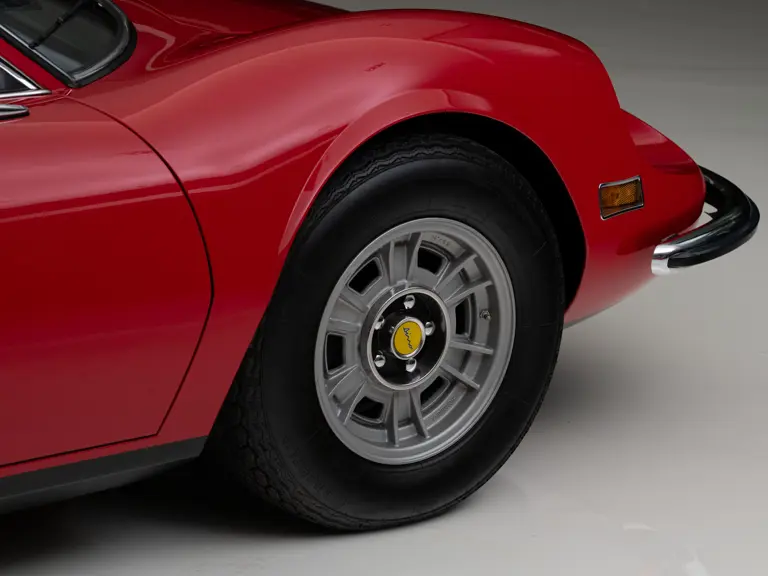
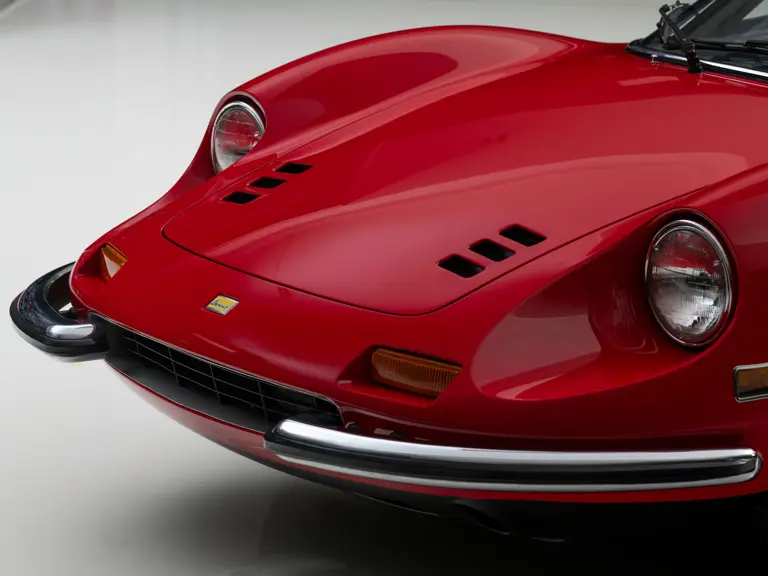
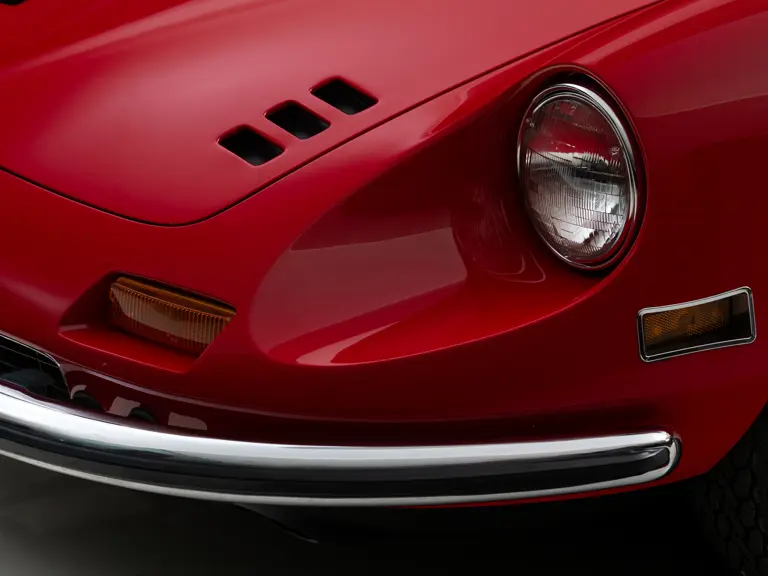

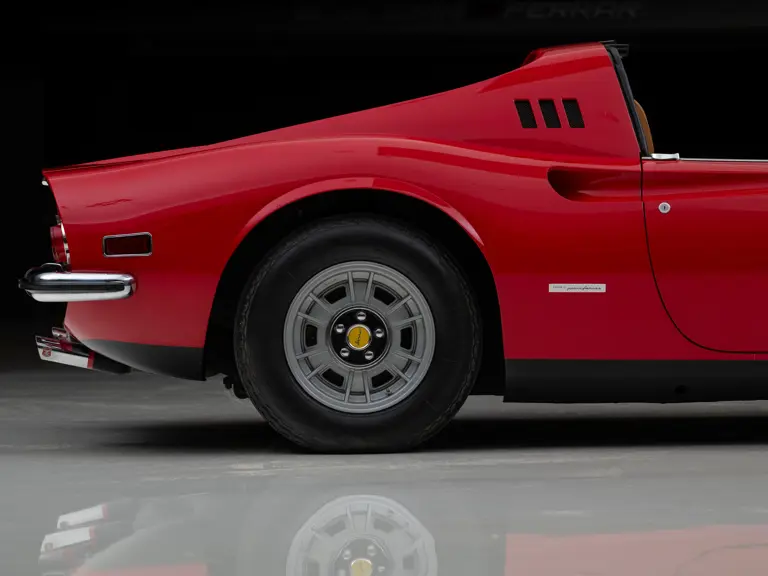
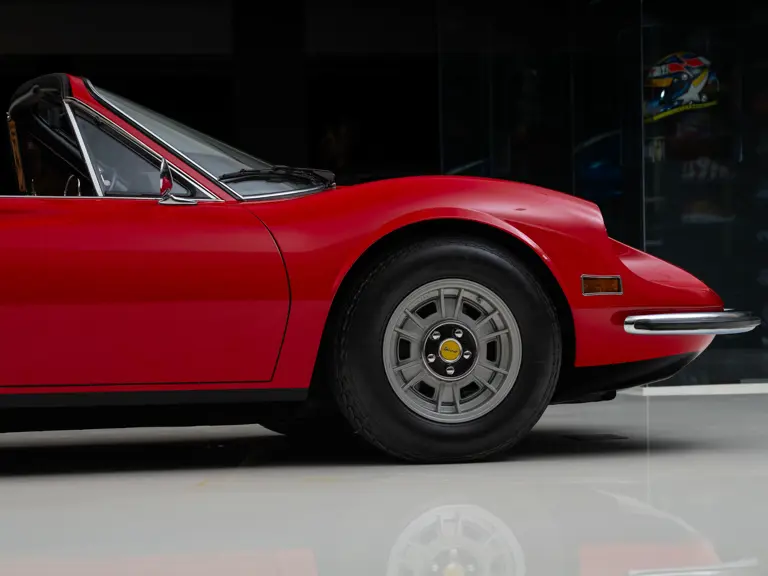

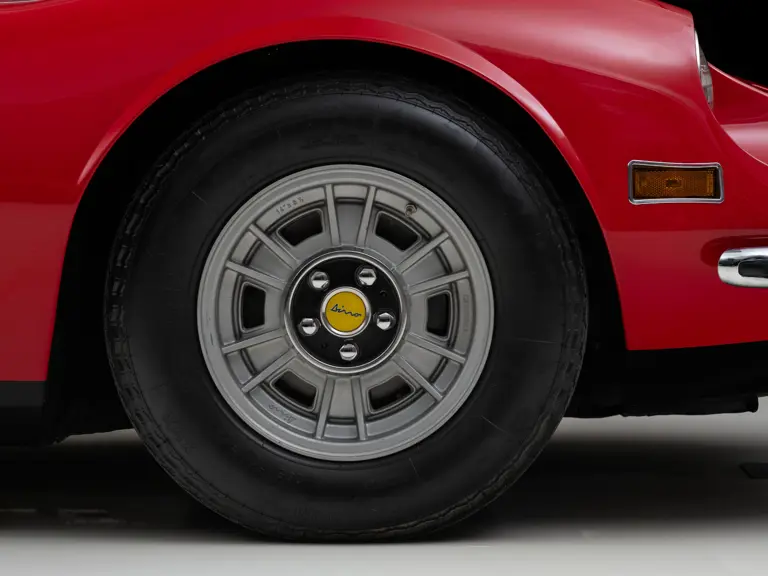
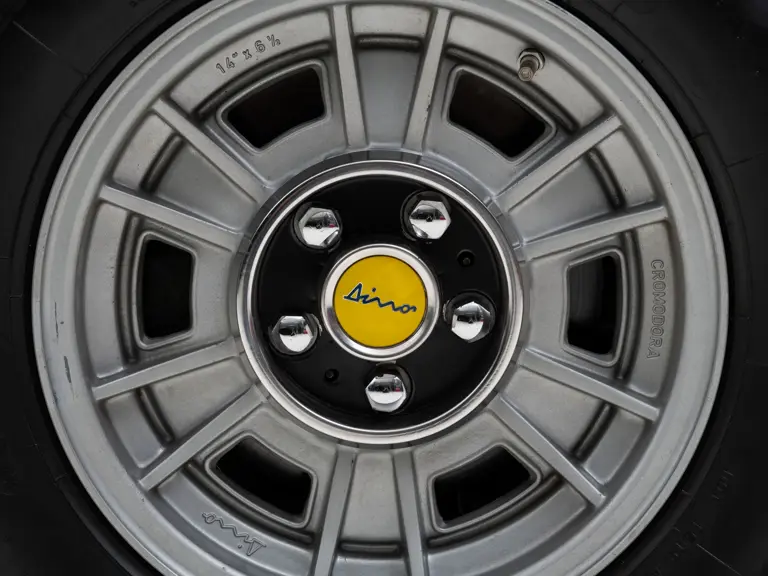

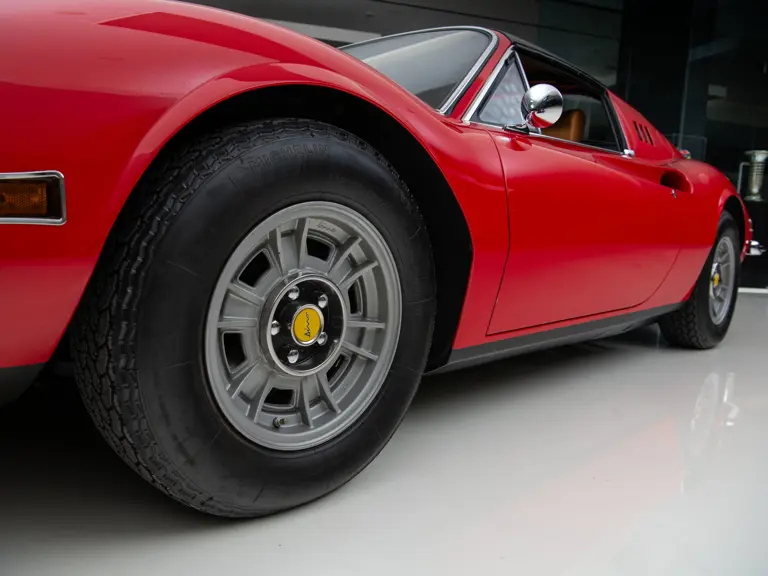
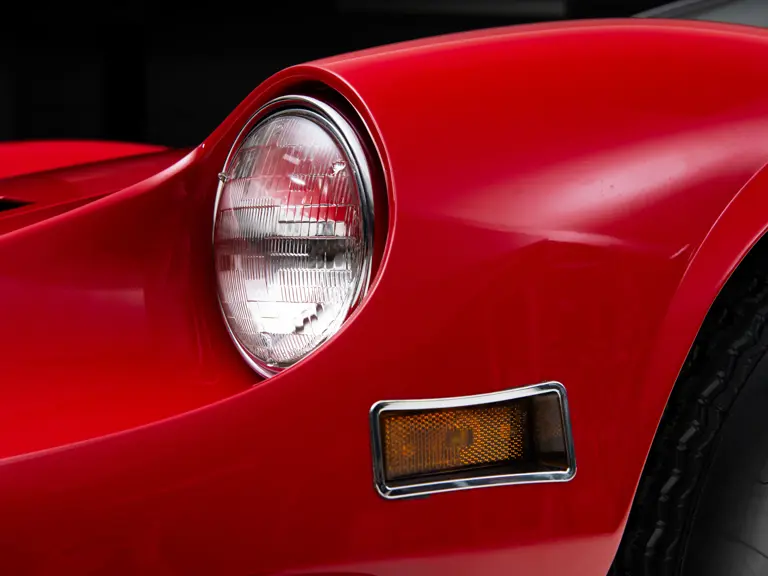
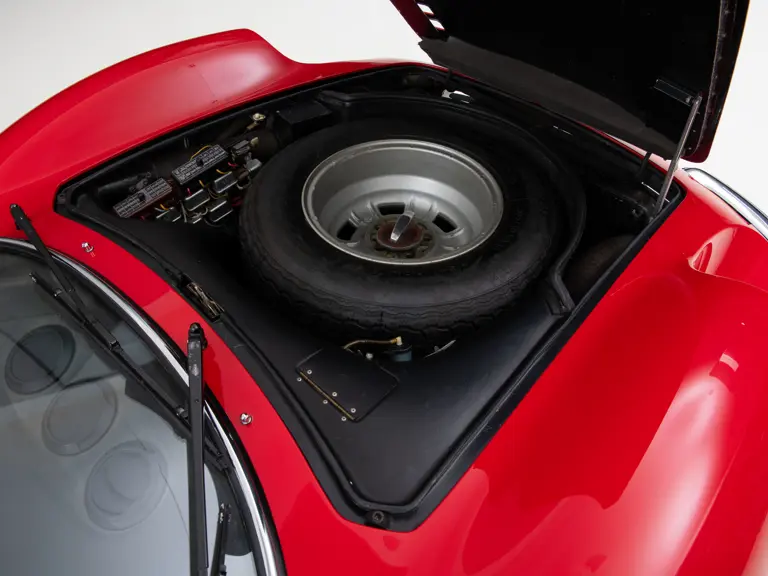
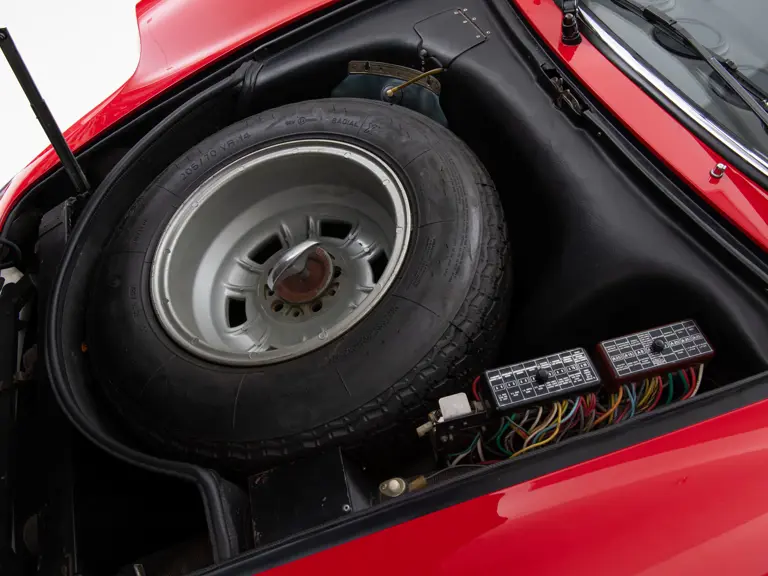
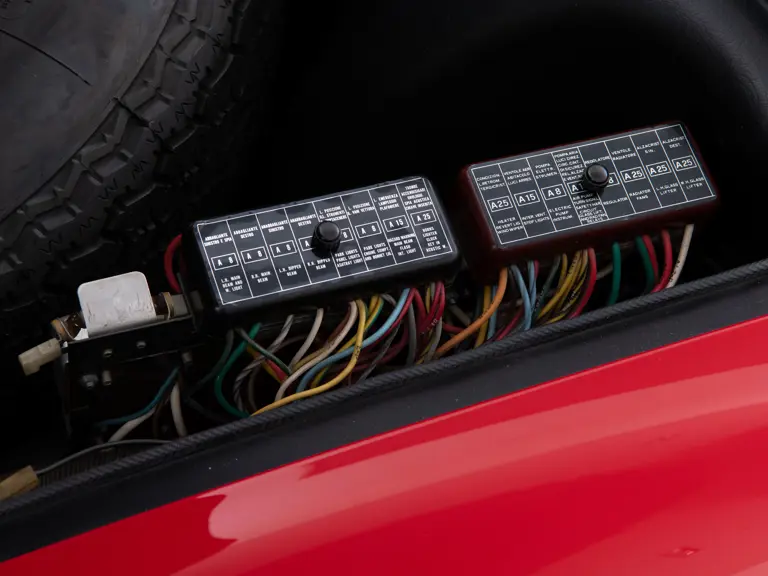
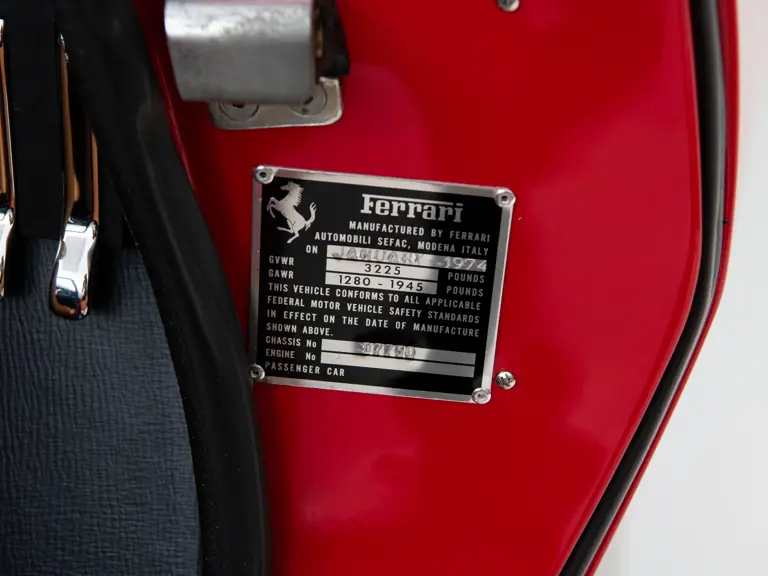

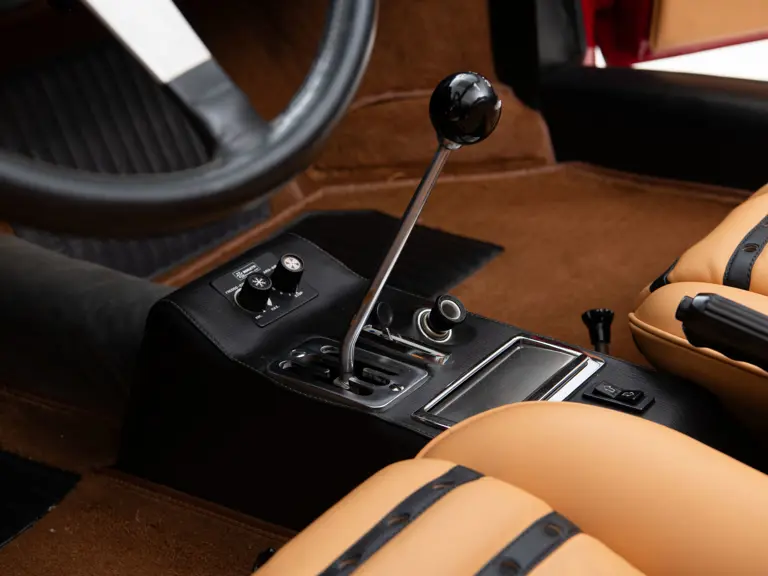
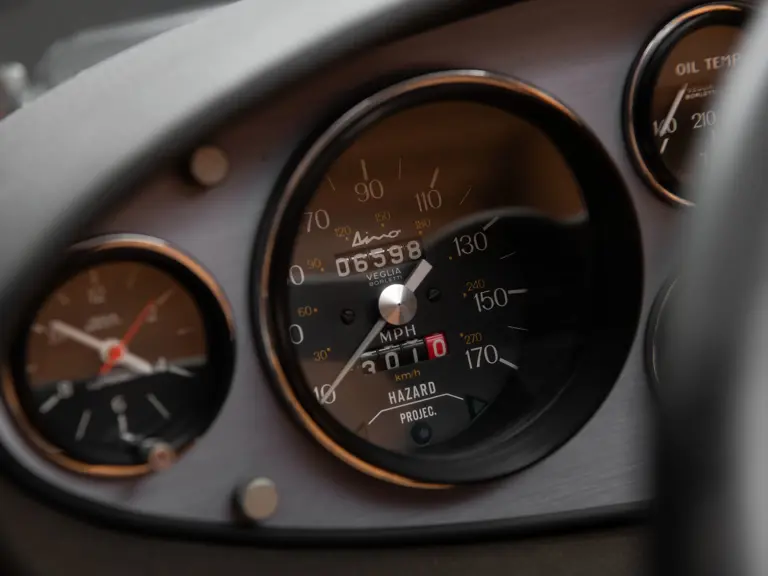
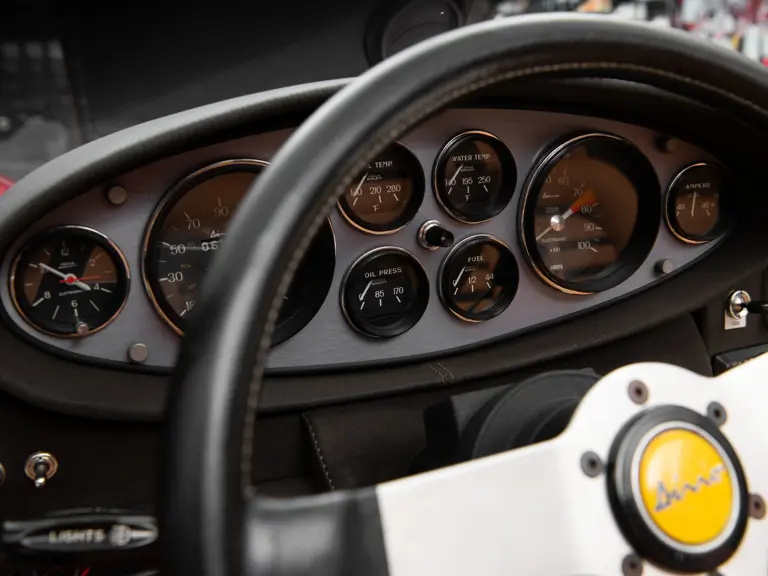
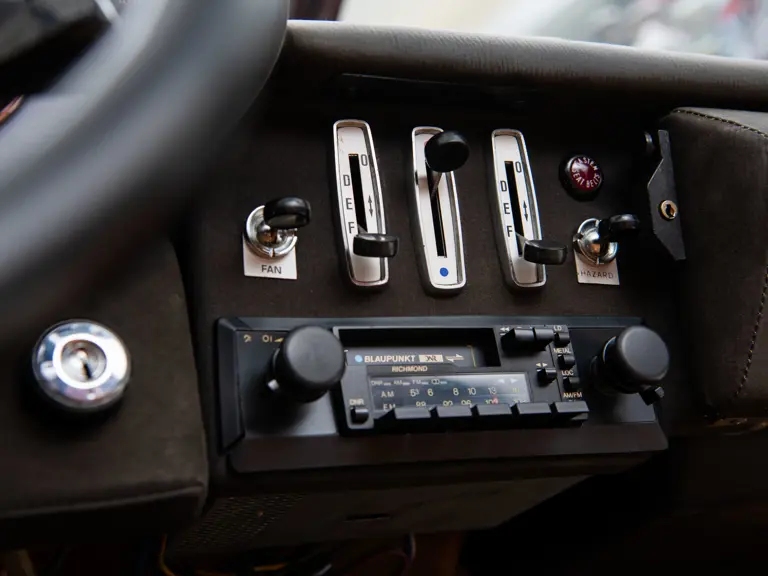


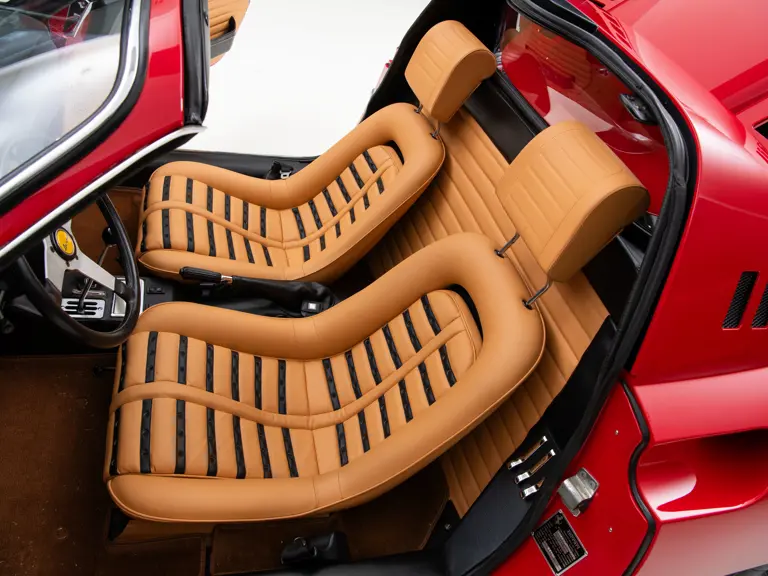
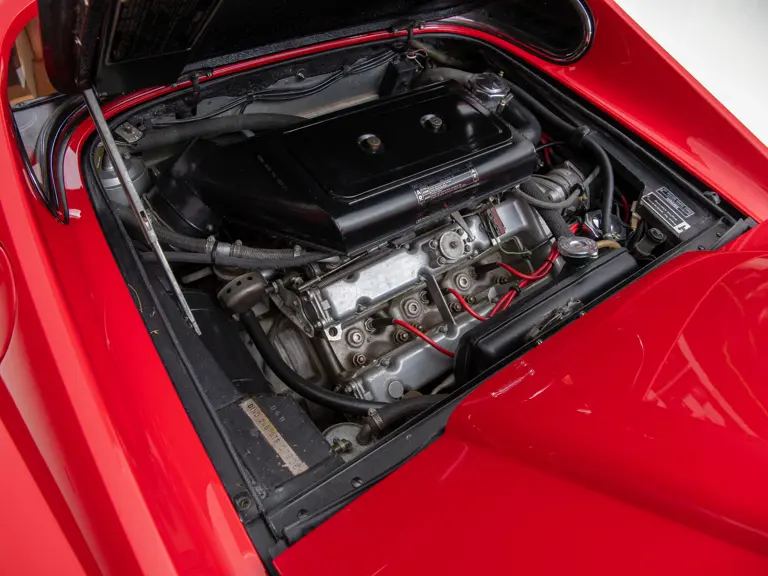
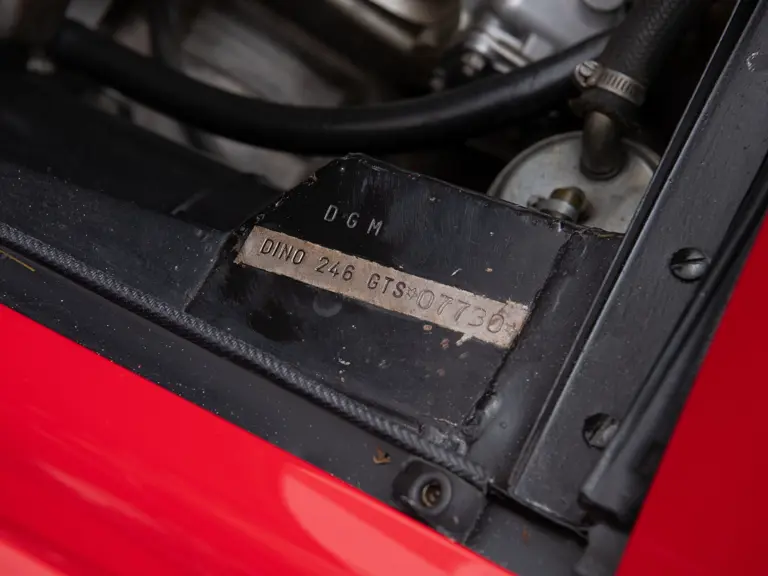
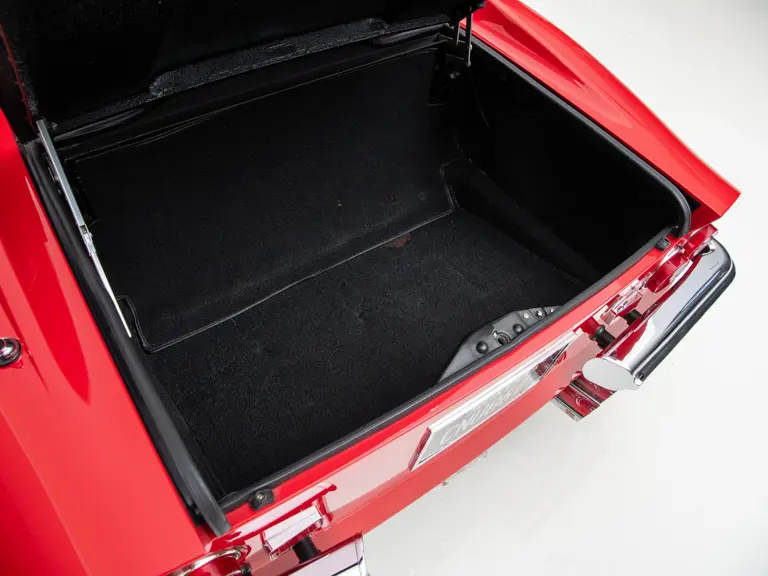
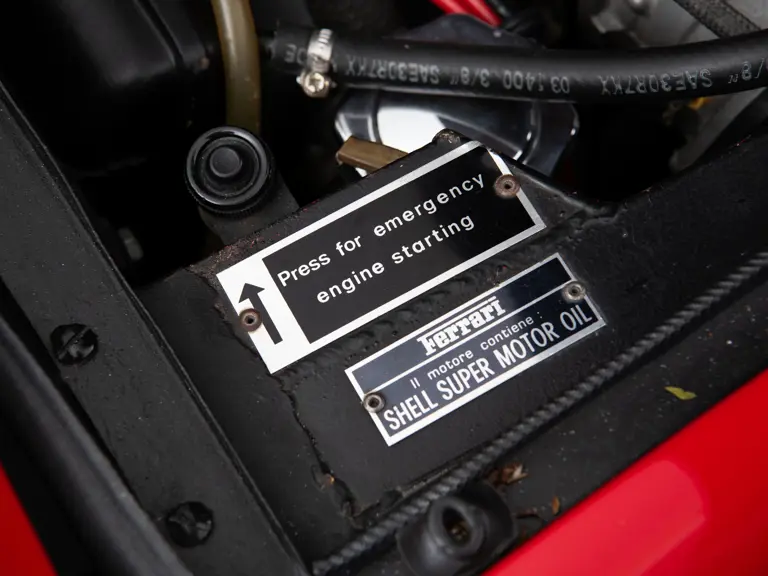
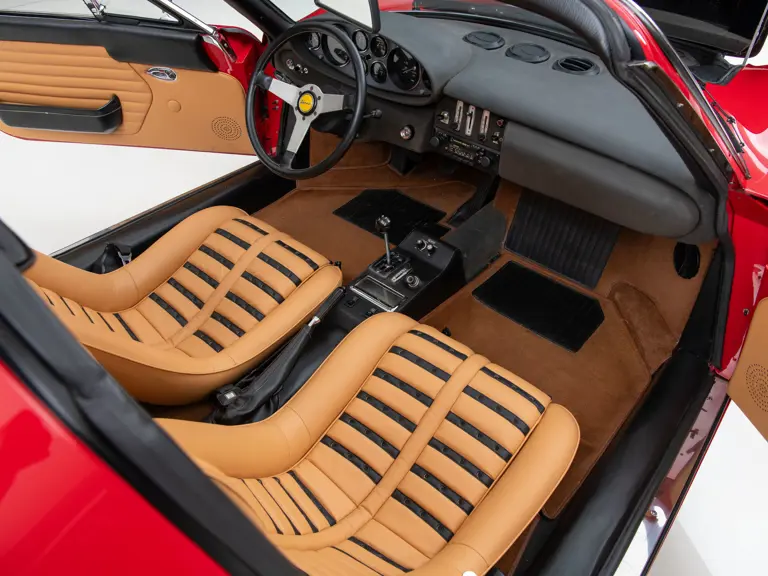
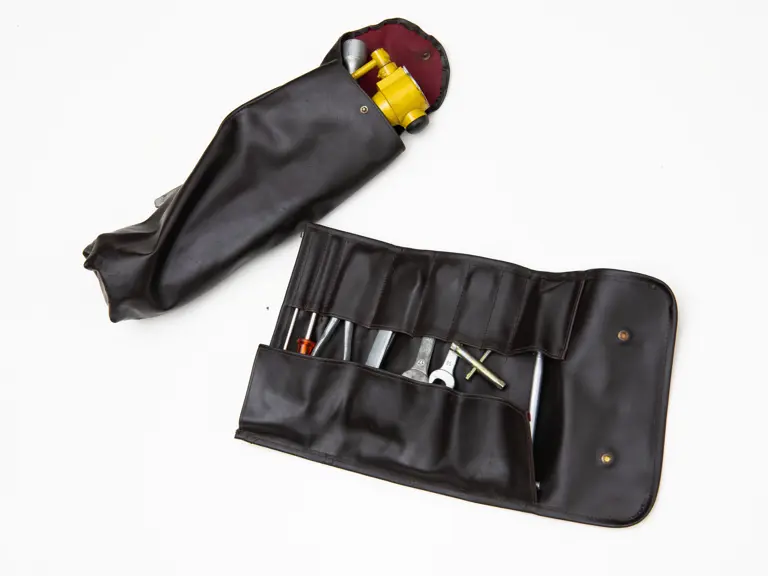
 | Toronto, Ontario
| Toronto, Ontario
